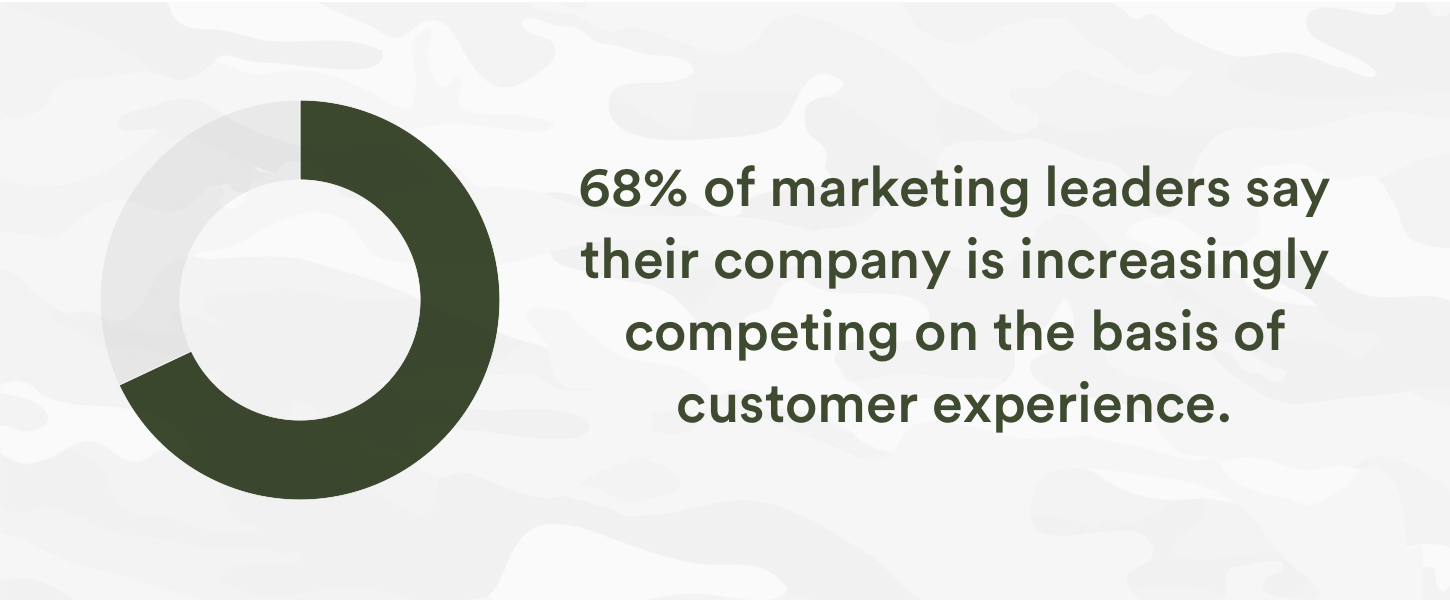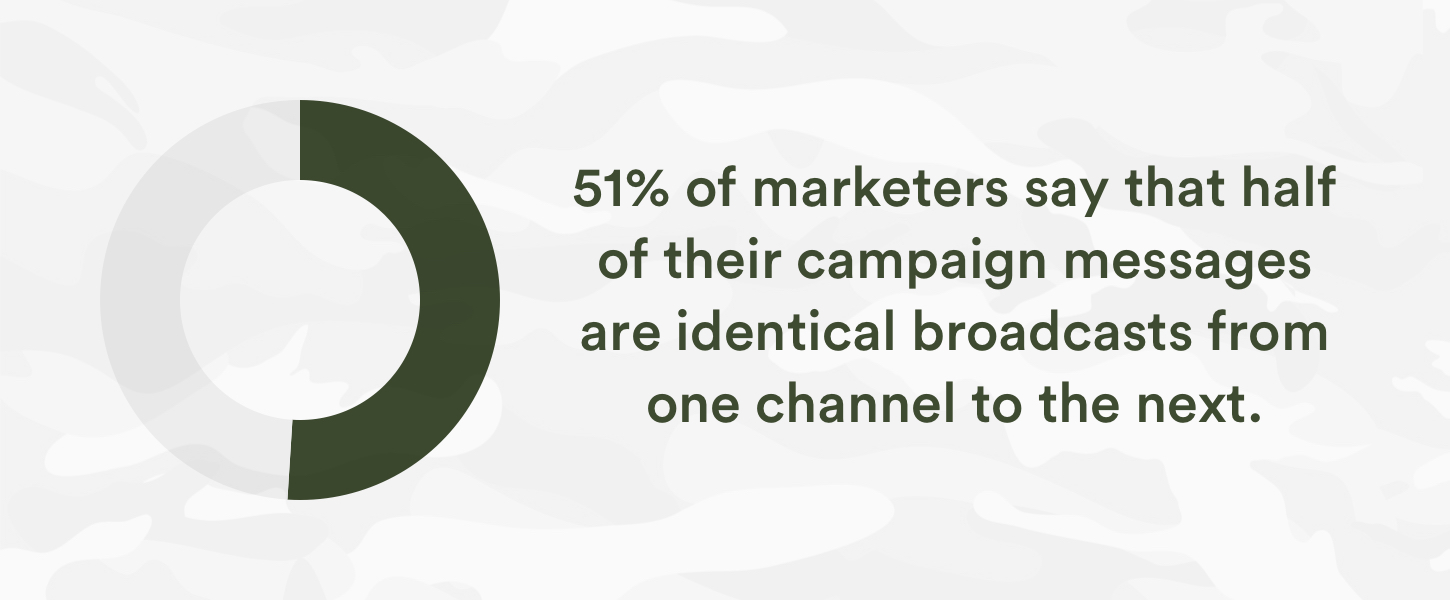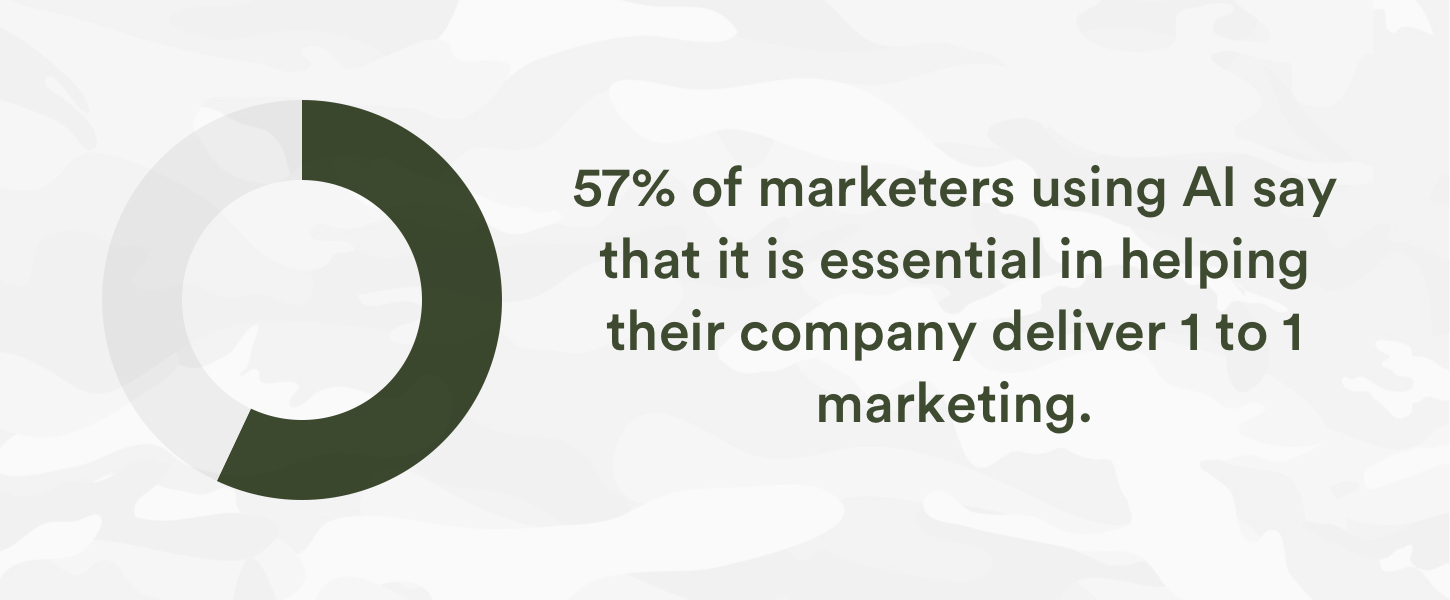BLOG
Customer Journey 2.0 – How To Thrive In The Post Click World
The marketing landscape is changing quickly, underpinned by an ever-increasing multitude of channels to market and the emergence of the customer-centric Engagement Economy. We are living in a new era, a digital future where everyone and everything is connected.
So what does this mean for you?
- Your potential customers are bombarded daily by a huge volume of messages across multiple touch points throughout their day. This over-exposure invariably leads to desensitisation and an increasing sense of deja-vu (oh look, another ad…).
- On the flipside, if there is customer engagement with your ad content, they are increasingly prepared to part with personal information – but only if they get personal customer service and experiences in return.
Then what is the point of difference that drives conversion?
If all pre-click ad opportunities are increasingly equal in the eyes of potential customers, it is the post-click customer experience that is the new battleground and key differentiator for driving sales conversions.
The New Customer Battleground
With due respect to Madonna, the Material World is so 1980s – welcome to the Post-Click World…
Leveraging the latest intel from over 4,000 global and local CMOs in the Salesforce 2017 Fourth Annual State of Marketing and State of the CMO 2017 reports, we’ve identified four strategic fronts marketing teams must make ground in to meet audience needs and win in the Post-Click World:
- Customer Journey Alignment
- Channel Coordination
- Data Integration
- Artificial Intelligence
Customer Journey Alignment

In this new landscape of customer behaviour, customers are fully prepared to walk if experiences aren’t personalised – it’s that simple.
68% of marketing leaders say their company is increasingly competing on the basis of customer experience. This makes sense when you consider that 52% of consumers are likely to switch brands if a company doesn’t personalise all communications to them.
You Know Who Your Customer Is – But Do You Understand What They Want?
Despite the increasing focus on customer satisfaction and experience, as little as 9% of marketers believe their customer relationship maturity is excellent. This begs the obvious question, where are the gaps in the other 91%? The Harvard Business Review explains it best:
‘After decades of watching great companies fail, we’ve come to the conclusion that that focus on correlation—and on knowing more and more about customers – is taking firms in the wrong direction.
What they really need to hone in on is the progress that the customer is trying to make in a given circumstance—what the customer hopes to accomplish. This is what we’ve come to call the job to be done.’
In this case, the ‘job to be done’ refers to what an individual really seeks to accomplish – it’s not just a straightforward task, but an experience that person is trying to create. Circumstance and need (i.e. intent) are more important than demographic profiles and behavioural traits (i.e. personas).
Survival Tactics: Move Beyond Personas and Leverage Intent
To survive in the Post-Click World, you need to move from persona-based audience targeting to intent driven profiling. It’s not only ‘who’ your customer is, but ‘what’ they’re looking for. Key strategies to drive this include:
- Develop your customer journey mapping touchpoints: by product type to understand and direct your customer experience strategy.
- Build digital intent markers: into your lead capture process to underpin post click personalisation and identify trends and commonalities in what your customers are specifically seeking.
- Personalise the offline customer journey map: engage concierge-based services to establish prospect’s ideal pathway based on intent (and feed this back into your marketing efforts).
Channel Coordination

In the Post-Click World, it’s more effective to focus on ‘how’ you use each channel as opposed to ‘how many’ channels you use.
Coordinating and amplifying your channels is all about understanding your customer. Know how their journey looks at each stage of awareness and which channel and message is most appropriate to help them progress to the next stage.
The Single Minded Proposition Is No Longer Enough
Potentially driven by the focus on amplifying the single-minded ‘big idea’, more than 51% of marketers say that half of their campaign messages are identical broadcasts from one channel to the next. Are you coordinating your channels?
John Bowden, Senior VP of Customer Care at Time Warner Cable, explains that ‘channel coordination is viewing the experience through the eyes of your customer, orchestrating the customer experience across all channels so that it is seamless, integrated and consistent. Omnichannel anticipates that customers may start in one channel and move to another as they progress to a resolution.’
Survival Tactics: Orchestrate a Seamless and Integrated Experience
Now that you understand your customer journey touchpoints, you’re ready to start coordinating your efforts. Each marketing channel should have personalised messaging, which evolves based on the steps your customer chooses to take. Key strategies to make this happen include:
- Connect your online and offline channels: to maximise ROI for each channel and offer seamless communications.
- Respond to actions: track your prospect preferences and customer behaviour to evolve and test your cross-channel messages.
- Website personalisation: used as a key vehicle for prospect preference identification to influence lead generation, lead nurture, retention and referral.
Data Integration
High performing marketers report that a data management platform (or DMP) is their most essential piece of technology for delivering personalised customer interactions. A DMP houses audience and campaign data from a diverse range of information sources.
A DMP enables advertisers to build audience segments and analyse how these segments perform. Based on that analysis, campaigns can be continually optimised and messages can evolve in response to the actions taken in other channels.
Personalised Experiences – The New Normal
Data targeting and customer segments is not enough to cross the line in the Post-Click World. You should utilise your CRM data, marketing analytics and measurement tools to deliver a more personalised service. Forbes explains that:
‘We need to realise that today’s consumers behave differently than they did even a few years ago. Technology has given them the power to make informed choices and voice their preferences. They are not just signalling that they want to interact with brands through social media and other channels, but they are also divulging their personal information with the hope of getting more personalised services.’
Survival Tactics: Quest for the Single Source of Truth
Make sure you have the tools, processes and strategies in place to make sense of the data coming at you. This will give your metrics meaning and create actionable insights. Here’s how to make it happen:
- Measure more metrics: widen your engagement metrics to personalise content and messaging based on interactions such as email opens, view through conversions and event attendance.
- User persona and intent automation: broaden your email nurturing to include intent and signal communications that assist in understanding prospect needs and propensity to purchase.
- Single customer view: continue to build your CRM as your single unified customer source of the truth for all disciplines.
Artificial Intelligence

Transforming marketing efficiencies and personalisation is the final frontier in your quest to conquer the Post-Click World – for now. The next frontier of digital marketing is artificial intelligence (AI) and machine learning. Are you planning for (or thinking about) this change?
Towards 1 : 1 Marketing
57% of marketers using AI say that it is absolutely or very essential in helping their company deliver 1 to 1 marketing across all customer journey mapping touchpoints. Greater scores of marketers admit that AI will have a transformational impact on campaign analytics and hyper personalisation of content in the next 5 years or sooner.
Brad Howarth, of CMO Magazine Australia, believes that ‘there is a real need for technology to take the weight off humans in terms of the pipeline from data through to insights. A dashboard alone isn’t going to solve people’s problems. It is still not really doing the last ten feet, which is taking the data and moving it into something that is implementation-ready.” And while we can’t help but agree, there is plenty of room for businesses to let the machines learn and the humans go through the decision-making process.
Survival Tactics: Let the Machines Learn and the Humans Act
Man meets machine in the Post-Click World, where AI and machine learning can carry the conversation to a point, until humans take over to provide the genuine customer experience. Here’s some techniques you can use to make this happen:
- Speed up identification and resolution: use virtual sales rep-bots and automated FB Messenger to speed up initial needs analysis and pass leads on to sales.
- Improve customer service: manage relevant FAQ and service requests throughout product life cycles with chatbots.
- Drive better reviews: analyse real-time sentiment and net promoter scores to drive referrals and respond to negative reviews.
Key Takeouts
The good news in all this is (as mentioned earlier) – customers are demanding a more personalised sales experience and will willingly part with the personal information to get it. The challenge is – how do you make sense of the rapidly evolving digital landscape and dizzying array of channels to engage to build out your customer journey?
Here’s some key do’s and don’ts to guide you:
DO
- Understand your customer’s ‘job to be done
- Create multiple intent-driven conversion pathways
- Use listening tools and artificial intelligence to meet needs faster
- Properly integrate your communications ecosystem
DON’T
- Just focus on demographics & lifestage
- Rely on one conversion strategy
- Have a one-sided conversation with your audience
- Silo your online and offline activities











